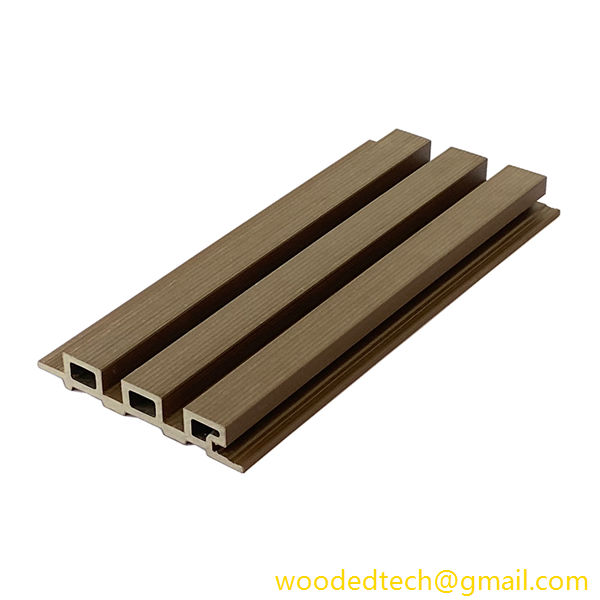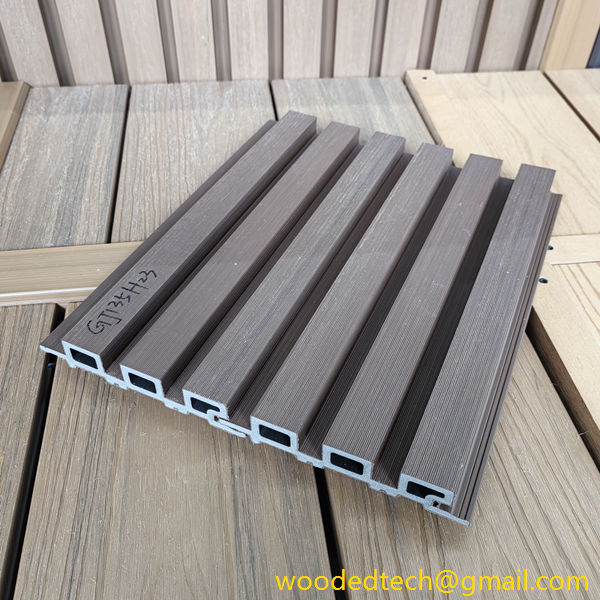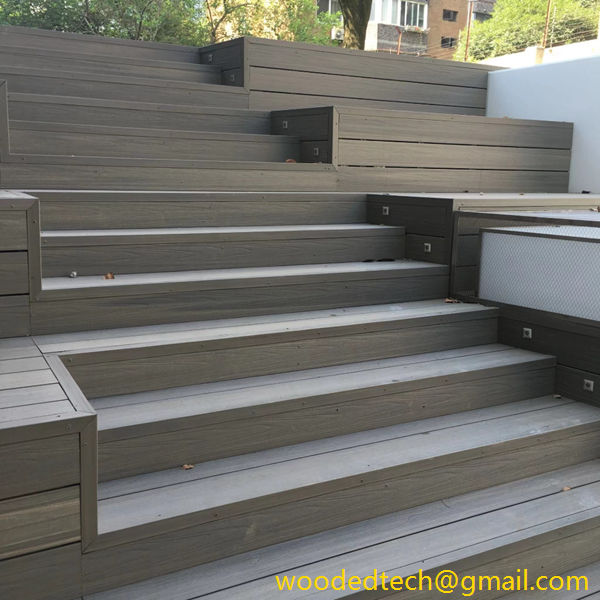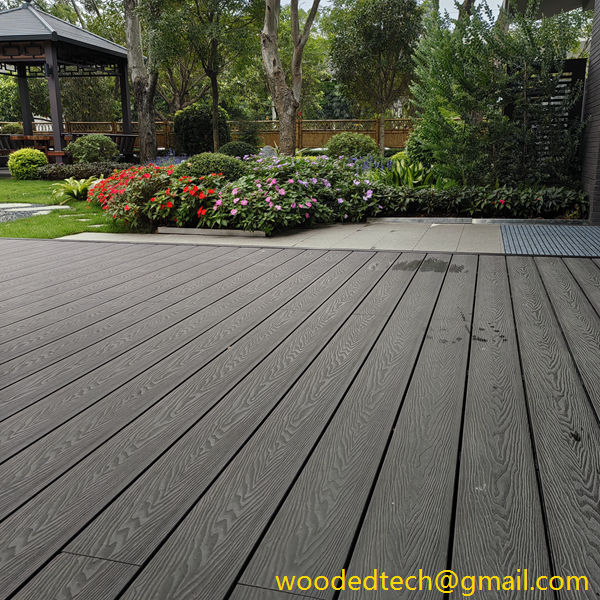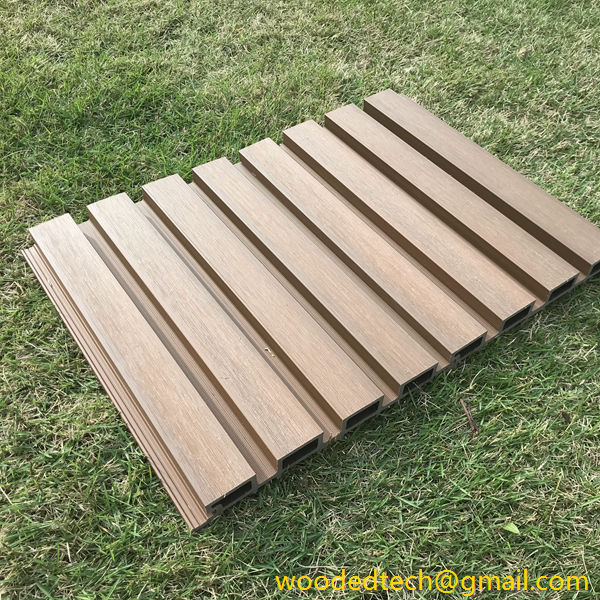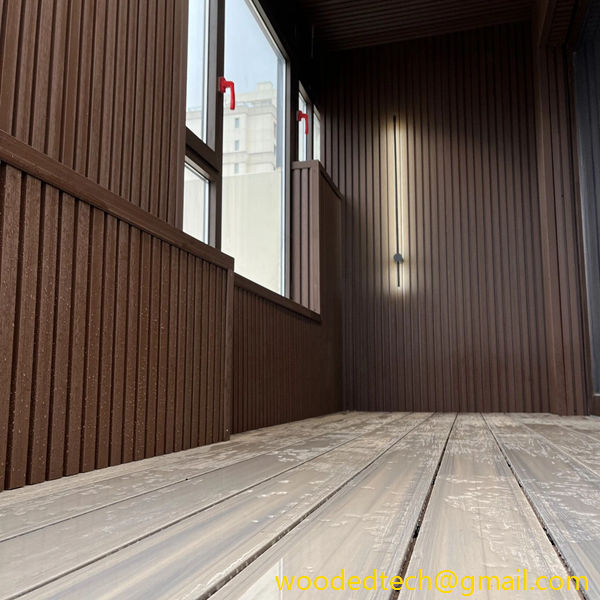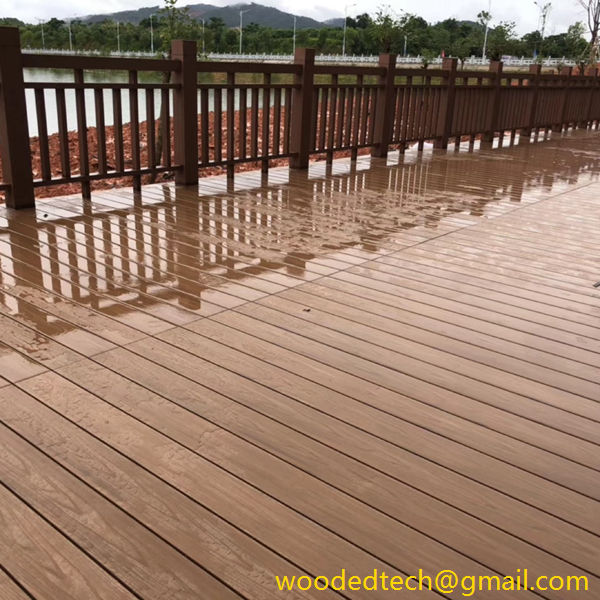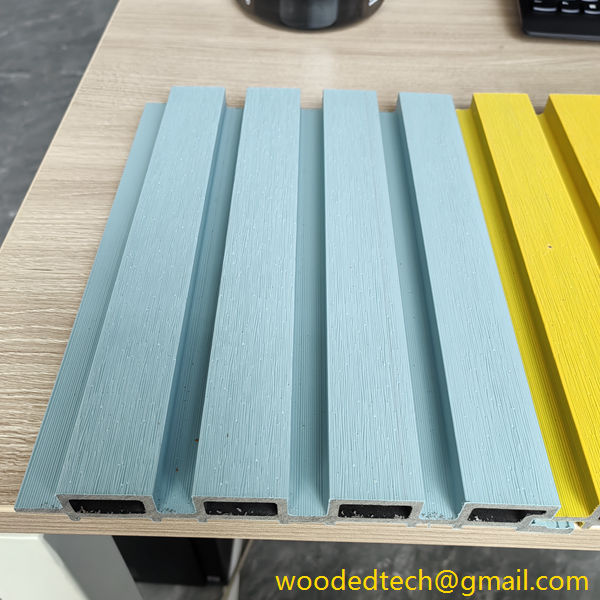WPC Cladding: The Versatile Benefits of Using WPC Cladding in Construction
WPC Cladding: The Versatile Benefits of Using WPC Cladding in Construction In recent years, the construction industry has seen a remarkable shift towards sustainable and innovative building materials. One such material that has gained significant popularity is Wood Plastic Composite (WPC) cladding. This modern composite material is an amalgamation of wood fibers and plastic, resulting…
WPC Cladding: The Versatile Benefits of Using WPC Cladding in Construction
In recent years, the construction industry has seen a remarkable shift towards sustainable and innovative building materials. One such material that has gained significant popularity is Wood Plastic Composite (WPC) cladding. This modern composite material is an amalgamation of wood fibers and plastic, resulting in a versatile product that offers a multitude of advantages for both residential and commercial projects. As architects and builders increasingly seek sustainable options that do not compromise on aesthetics or functionality, WPC cladding emerges as a frontrunner.
One of the most compelling benefits of WPC cladding is its customization potential. Unlike traditional materials, WPC can be manufactured in a wide range of colors, textures, and finishes, allowing architects and designers to achieve their desired aesthetic without compromising on performance or durability. Whether a project calls for a rustic wood appearance or a sleek, modern facade, WPC cladding can be tailored to meet specific design requirements. This level of customization not only enhances the visual appeal of a building but also allows for seamless integration into various architectural styles, from contemporary urban designs to traditional country homes.
In addition to its aesthetic versatility, WPC cladding offers exceptional durability and resistance to the elements. Traditional wood cladding can be susceptible to rot, insect damage, and warping due to moisture exposure. WPC, on the other hand, is engineered to withstand harsh weather conditions, including intense sunlight, heavy rains, and extreme temperatures. This resilience means that WPC cladding requires significantly less maintenance than its wooden counterparts. Homeowners and property managers can enjoy peace of mind knowing that their investment will remain visually appealing and structurally sound for years to come, without the need for regular painting, staining, or sealing.
Another significant advantage of WPC cladding is its eco-friendly nature. As sustainability becomes an increasingly important consideration in construction, WPC cladding stands out as a responsible choice. The wood fibers used in WPC are often sourced from recycled materials, and the plastic components can also be derived from recycled sources. This dual recycling process minimizes the demand for virgin materials and reduces waste in landfills. Moreover, WPC does not require harmful chemical treatments to protect against pests and weathering, making it a safer option for both the environment and the occupants of the building. In a time when green building practices are gaining traction, WPC cladding aligns perfectly with the goals of sustainable construction.
The ease of installation is another critical factor that contributes to the popularity of WPC cladding. The lightweight nature of WPC makes it easier to handle and install compared to heavier materials such as natural wood or stone. This can significantly reduce labor costs and project timelines. Additionally, many manufacturers provide systems that allow for straightforward and efficient installation, including interlocking profiles and hidden fastening systems. This design innovation not only speeds up the installation process but also contributes to a cleaner and more polished finish, enhancing the overall aesthetic of the building.
WPC cladding also provides excellent thermal insulation properties, which can lead to increased energy efficiency in buildings. The composite material acts as a barrier to heat transfer, helping to maintain comfortable indoor temperatures regardless of external weather conditions. This thermal efficiency can reduce reliance on heating and cooling systems, leading to lower energy bills and a reduced carbon footprint. As energy efficiency becomes a primary focus for building design, the incorporation of WPC cladding can be a valuable asset.
Safety is a paramount concern in construction, and WPC cladding addresses this issue effectively. Many WPC products are designed to be fire-resistant, providing an extra layer of protection for buildings in the event of a fire. This enhanced safety feature is particularly important in urban settings where buildings are in close proximity to one another. Furthermore, WPC cladding does not emit harmful VOCs (volatile organic compounds), contributing to healthier indoor air quality for occupants. This makes WPC an excellent choice for schools, hospitals, and residential buildings where health considerations are paramount.
The versatility of WPC cladding extends beyond its appearance and performance; it also offers a range of applications. Whether used for exterior wall cladding, decking, fencing, or even interior wall finishes, WPC can adapt to various needs within a project. This multifunctionality allows architects and designers to maintain a cohesive aesthetic throughout a building while benefiting from the unique properties of WPC.
In conclusion, WPC cladding represents a significant advancement in construction materials, combining aesthetic appeal with practical advantages. Its customizable nature allows for a wide range of design possibilities, while its durability and low maintenance requirements make it a cost-effective choice in the long run. With its eco-friendly attributes, ease of installation, energy efficiency, safety features, and versatility in applications, WPC cladding is ideal for modern construction projects. As the industry continues to evolve, the adoption of innovative materials like WPC will play a crucial role in shaping the future of sustainable and efficient building practices. Whether for residential or commercial use, WPC cladding is a wise investment that meets the demands of contemporary architecture while prioritizing environmental responsibility.

